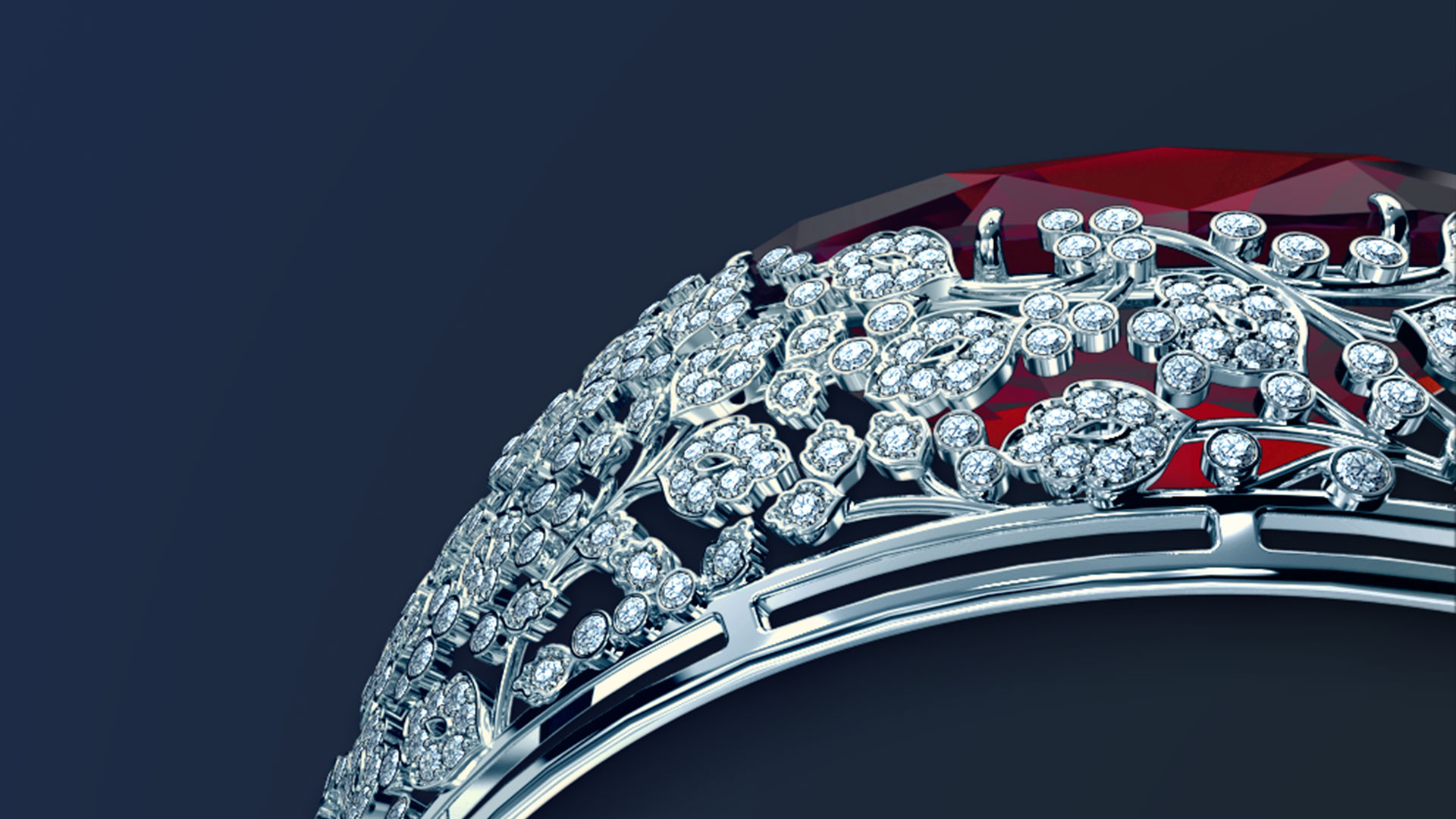In the intricate world of jewelry design, the link between a creative concept and a tangible product often involves a long and expensive production process. However, 3D CAD (Computer-Aided Design) technology is revolutionizing this landscape, offering jewelers a powerful tool to modernize their design processes significantly.
The Efficiency of 3D CAD
3D CAD technology allows designers to digitally create precise and detailed models of their jewelry pieces. This ability is transformative because it eliminates the need for multiple physical prototypes. Designers can adjust and refine their designs in a virtual environment, saving time and significantly reducing material costs.

Enhanced Precision and Creativity
One of the key benefits of using 3D CAD is the exceptional precision it offers. Designers can experiment with complex details and structures without the risk of costly errors during the production phase. This level of precision guarantees that the final product truly reflects the original design intent, enhancing both the aesthetic appeal and the quality of the jewelry.
Faster Time to Market
With 3D CAD, the time from design conception to product showcase is significantly reduced. Designers can quickly move from drafting ideas to producing sellable jewelry in much shorter cycles. This speed improves efficiency and enables jewelry brands to respond quickly to market trends and consumer demands.
Cost Reduction and Resource Management
By reducing the reliance on physical prototypes, 3D CAD lowers production costs substantially. It also optimizes the use of materials by minimizing waste during the prototyping phase. For jewelry businesses, this means better resource management and a healthier bottom line.
Conclusion: A Game-Changer for the Jewelry Industry
Adopting 3D CAD technology is a strategic move for any jewelry business aiming to stay competitive in today’s fast-paced market. It not only enhances design accuracy and creative freedom but also improves overall business efficiency. As the jewelry industry continues to evolve, integrating technologies like 3D CAD will be crucial for those looking to lead in innovation.


